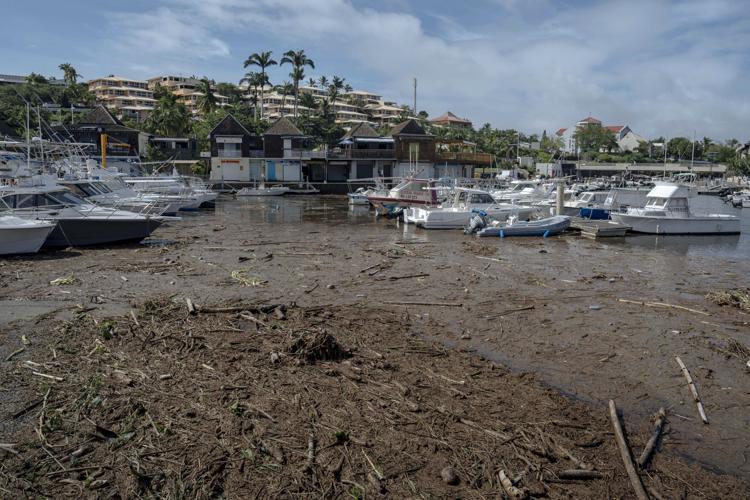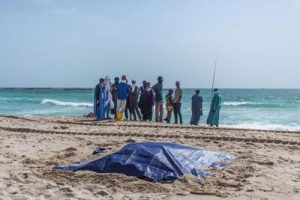Mauritius lifted its highest weather alert and eased a nationwide curfew Tuesday after a deadly cyclone battered the Indian Ocean island, causing heavy flooding and extensive damage in the capital and other parts of the country.
The nearby French island of Reunion was assessing the aftermath of Tropical Cyclone Belal. Authorities said two more bodies had been found, bringing the death toll there to three. One person died in Mauritius.
Belal ripped through the region off the east coast of Africa on Monday and early Tuesday but was now heading further into the Indian Ocean.
Roads in the Mauritius capital, Port Louis, and elsewhere turned into raging rivers on Monday as Belal brought torrential rains and high winds.
Authorities said the person killed in Mauritius was a motorcyclist who died in an accident caused by the flooding. The three who died in Reunion all appeared to be homeless people who had not taken cover in shelters.
Mauritius Prime Minister Pravind Jugnauth and other members of his Cabinet visited areas that had been hardest hit, especially in the south.
Mauritius has a population of about 1.2 million and is a popular tourist destination.
Police were still mobilized across Mauritius, but people could leave their homes. Schools and many businesses were to remain closed until at least Wednesday.
Mauritius had enforced a curfew until noon Tuesday, with everyone ordered to remain at home except emergency workers, some hospital workers and security forces.
On Reunion, residents emerged from their homes Tuesday to clean up.
In the nearby town of Saint-Gilles-les-Bains, trees had crashed onto quays and into the picturesque marina, and several boats were damaged. The winds hit hardest on the higher, inland areas, but roads to reach them remained impassable. Some 40% of Reunion’s 860,000 people had no electricity and nearly half the island was without internet or cell phone service. Schools will remain closed all week.
Cyclones are common between January and March in the Indian Ocean near southern Africa as seas in the southern hemisphere reach their warmest temperatures. The hotter water is fuel for cyclones.
In 2019, Cyclone Idai ripped into Africa from the Indian Ocean, leaving more than 1,000 people dead in Mozambique, Malawi and Zimbabwe and causing a humanitarian crisis. The United Nations said it was one of the deadliest storms in the southern hemisphere.












